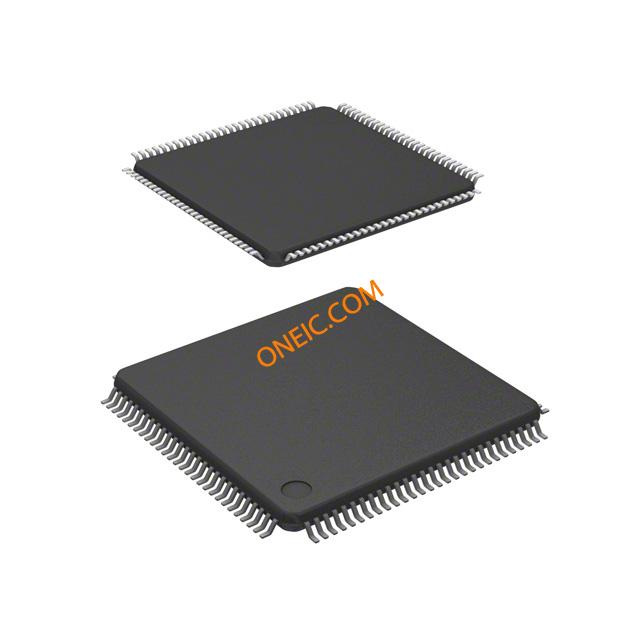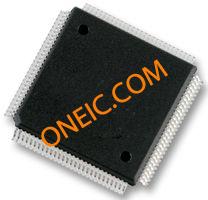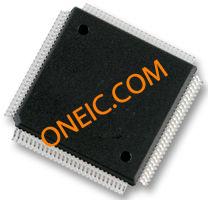MC9S12DJ256CPVE
16-bit microcontrollers with 256KB flash memory in 112-pin LQFP packages
Manufacturer: ['freescale', 'nxp']
series introduction
# Introduction to the MC9S12DJ256CPVE Product Series
## 1. Overview
The MC9S12DJ256CPVE is a highly capable and versatile microcontroller unit (MCU) belonging to the popular MC9S12 family developed by NXP Semiconductors. This product series is designed to meet the diverse requirements of a wide range of embedded applications, offering a balance of performance, functionality, and cost - effectiveness.
## 2. Key Features
### 2.1 Processor Core
- **16 - bit HCS12 CPU**: The MC9S12DJ256CPVE is powered by a 16 - bit HCS12 central processing unit. This core provides a high - performance computing platform with a rich instruction set, enabling efficient execution of complex algorithms. It has a relatively high clock speed, which allows for fast data processing and real - time response in applications.
- **Enhanced Addressing Modes**: The processor supports a variety of addressing modes, such as direct, indirect, and indexed addressing. These modes provide flexibility in accessing memory and data, facilitating the development of efficient code.
### 2.2 Memory
- **256 KB Flash Memory**: It comes with 256 kilobytes of on - chip flash memory. Flash memory is non - volatile, which means that the program code stored in it is retained even when the power is turned off. This large amount of flash memory allows developers to store complex application programs, including operating systems, control algorithms, and user interfaces.
- **12 KB RAM**: The 12 kilobytes of random - access memory (RAM) provides a workspace for the CPU to store and manipulate data during program execution. It is used for variables, stack operations, and intermediate results, ensuring smooth and efficient program running.
- **4 KB EEPROM**: The electrically erasable programmable read - only memory (EEPROM) is useful for storing small amounts of data that need to be retained even after power cycling, such as calibration data, configuration settings, and user preferences.
### 2.3 Peripherals
#### 2.3.1 Timer Modules
- **Multiple Timer Channels**: The MCU is equipped with multiple timer modules, including pulse width modulation (PWM) timers and capture/compare timers. PWM timers are commonly used for motor control applications, where they can generate precise pulse signals to control the speed and direction of motors. Capture/compare timers can be used for measuring time intervals, such as input signal frequencies or the duration of external events.
- **Flexible Timer Configuration**: These timer modules offer flexible configuration options, allowing developers to adjust the timer period, duty cycle, and other parameters according to the specific requirements of the application.
#### 2.3.2 Serial Communication Interfaces
- **SCI (Serial Communication Interface)**: The SCI provides asynchronous serial communication capabilities, which are widely used for communication with other devices such as sensors, displays, and other microcontrollers. It supports standard baud rates and can be configured for full - duplex or half - duplex communication.
- **SPI (Serial Peripheral Interface)**: The SPI interface enables high - speed synchronous serial communication between the MCU and external devices. It is commonly used for communicating with memory chips, sensors, and other peripherals that require fast data transfer.
- **I²C (Inter - Integrated Circuit)**: The I²C interface is a multi - master, multi - slave serial communication protocol that is widely used for connecting low - speed devices such as sensors, EEPROMs, and real - time clocks. It uses a two - wire bus, which simplifies the hardware design.
#### 2.3.3 Analog - to - Digital Converter (ADC)
- **10 - bit ADC**: The MC9S12DJ2
Images for reference

112-LQFP Series

Image Preview

Image Preview